04 Apr Osteoarthritis Explained
We have all heard of arthritis, osteoarthritis and OA, but do you really understand what OA is?
In normal joints, cartilage covers the ends of the bone and provides a smooth surface for the bone ends to glide over. With arthritis, this cartilage has broken down and is no longer as smooth therefore can cause pain with movement, stiffness lasting no more than an hour on waking or after a period of immobility, reduction in the range of movement of the joint and some swelling.
Characteristics of Osteoarthritis
OA can affect any joint but most commonly occurs in the knees, hips, shoulders and hands.
- Pain. Affected joints might hurt during or after movement. It can also be associated with cold weather, trauma to the joint and fatigue.
- Swelling. There may be some swelling at the joint and around it.
- Stiffness. Joint stiffness, usually lasting less than one hour, in the morning or after resting for a period of time.
- Tenderness. Your joint might feel tender when you apply pressure to or near the joint.
- Loss of flexibility. You might not be able to move your joint through its full range of motion.
- Grating/broken glass sensation. You might feel a grating sensation when you use the joint, some people also feel as though there is “broken glass” feeling in the joint. you might hear popping, clicking or crackling.
- Bone spurs. As OA progresses you can form boney spurs which are extra bits of bone that can form around the affected joint.
For some people OA is relatively mild and does not affect day-to-day activities. For others, it can be a debilitating diagnosis with significant pain and disability making simple tasks such as bending over to tie a shoe, getting up from a chair, or taking a walk extremely difficult.
Myths
“ wear and tear” – OA used to be known as “wear and tear” of the joints but this is not the case!! When you hear this, the first thing you would think is to stop doing things, reducing the so called “wear” of the joint. This is the worst thing to do, you actually want to do the complete opposite! You need to keep the joint moving as much as possible to minimise stiffness and continue strengthening the joint.
As you could imagine, if the muscles are weak around the affected joint the joint itself will have more load going through the bones and joint surfaces themselves, increasing symptoms. If you strengthen the muscles around the joint, they are able to take on more load during walks and activities, minimising the load through the bones themselves therefore minimising symptoms!
Treatment
Given the progressive nature of OA, treatment is focused on minimising pain and functional loss. Pain relief such as paracetamol can be recommended by your GP in minimising pain. Physiotherapy can aid in reducing muscle tightness around the joint, manual therapy to minimise pain and restrictions and a personalised exercise program focussing on the muscles around the hip, knee and ankle to improve symptoms and minimise disease progression.


Call: (02) 6674 4142